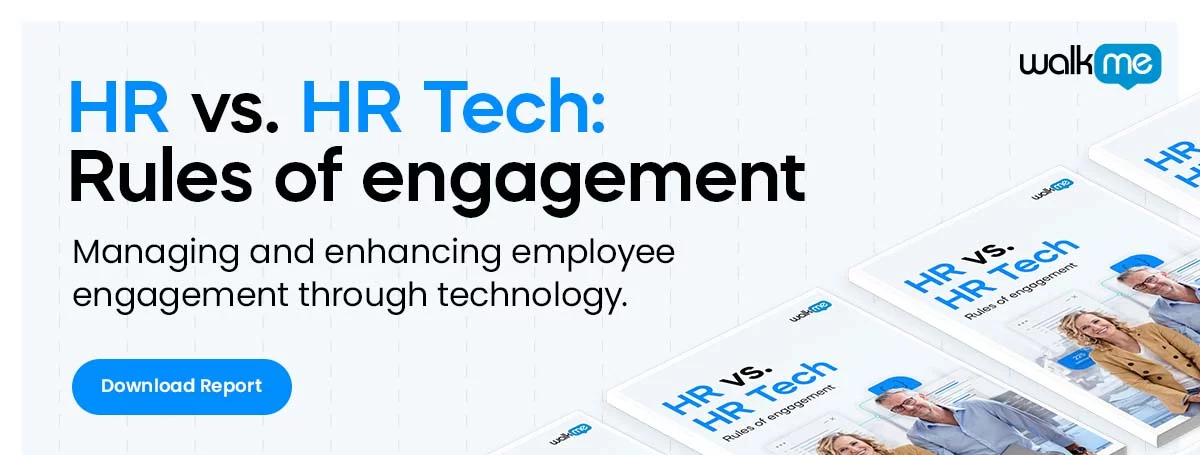
An employee offboarding process is a great way to ensure that you don’t forget any of the tasks that need to be taken care of when an employee leaves your company.
Offboarding can also help transition old workflows to new employees, improve future employee experiences, and more.
In this article, we’ll look at how a structured employee offboarding process can benefit your organization, then cover some of the key points to include in your offboarding checklist.
What Is Employee Offboarding and Why Does It Matter?
Offboarding is refers to the employee exit process.
Among other things, the offboarding process:
- Ensures that departing employees close out their work-related responsibilities before they leave the organization
- Reduces security-related risks by, for instance, closing out employee software accounts and retrieving ID cards
- Offers insight into the reasons for an employee’s departure, through procedures such as exit interviews and surveys
- Lowers the chances that either the employee or employer will forget an important task
Offboarding means more than simply closing employee accounts, in other words. It is a process that covers the administrative side of departure, while also finalizing the “relationship” side of the employee experience.
This process, according to Gallup, represents the final stage in the employee life cycle, a seven-stage process that begins with recruitment and hiring.
Who Is Responsible for Offboarding?
The definition of human resources includes managing all aspects of the employee experience, from recruitment to offboarding. HR managers, therefore, should be designing and overseeing the offboarding process.
However, actual implementation will fall on the shoulders of several departments, including:
- IT
- Finance, payroll, and accounting
- The employee’s home department
- Security
When creating an offboarding checklist, it is important to delegate these tasks appropriately and ensure that all parties are aware of their role in the offboarding process.
What to Include in Your Employee Offboarding Checklist
For HR managers, a checklist is one of the best ways to streamline the offboarding workflow. Having a checklist handy reduces the chance that an important item will be forgotten – and it can also be a big time saver.
When creating a checklist, items should focus on core tasks that include:
- Performing an exit interview or survey. An exit survey, or interview, asks questions related to the employee’s experience at the workplace. These can help employers understand employee sentiment, why employees are leaving, and whether the employer needs to make changes to certain aspects of their business. Over time, the insights gained from these surveys can be used to improve the employee experience, employee branding, employee retention, and more.
- Transferring knowledge from the departing employee to existing employees. Ideally, when employees leave, they should transfer knowledge to their successor or to their team, if they don’t have a successor. This can mean training new hires on tasks, teaching them best practices, and otherwise helping to ease the transition into the new work environment.
- Restricting or removing IT account access. IT departments should perform the technical tasks of removing IT accounts whenever an employee departs the company. Naturally, this will minimize potential security issues by preventing employees from accessing those accounts after departure.
- Finalizing benefits, paperwork, and wages. Employees will also need to complete other documentation related to benefits, severance, their final paycheck, and similar administrative details.
- Reacquiring physical assets. When employees leave, it is important to obtain any items or equipment that belongs to the organization. These can include items such as ID cards, computer hardware, mobile devices, uniforms, or office equipment.
- Completing any remaining work-related tasks. While the employee’s supervisor may communicate this need to the employee, it is crucial that employees don’t forget any last-minute work tasks, such as meetings or hand-offs.
- Communicating any final messages to employees. An important part of the departure process is communication. The nature of this communication will naturally differ from situation to situation. If employees are leaving on good terms, for instance, the communication should be positive and there is no reason not to maintain a positive relationship with the departing worker.
Once the most important items have been created, they can be easily added to any project management or task management application. Also, many HR software tools have task list functionality or even features specific to offboarding.
Tips to Keep in Mind
To make the most of an offboarding process:
- Once departure has been confirmed, begin the process early and communicate to the employee clearly
- Track exit interview data seriously and use that to improve the employee experience over time
- Be proactive and maintain a positive relationship if the employee leaves on good terms
- Automate tasks when possible, using tools such as automation platforms or unified communication solutions
Finally, be sure to continue optimizing the offboarding process over time. As workplace dynamics change or when HR managers gain more insight into the offboarding process, be sure to update procedures to ensure that you are making the most of the process.
WalkMe Team
WalkMe spearheaded the Digital Adoption Platform (DAP) for associations to use the maximum capacity of their advanced resources. Utilizing man-made consciousness, AI, and context-oriented direction, WalkMe adds a powerful UI layer to raise the computerized proficiency, everything being equal.



